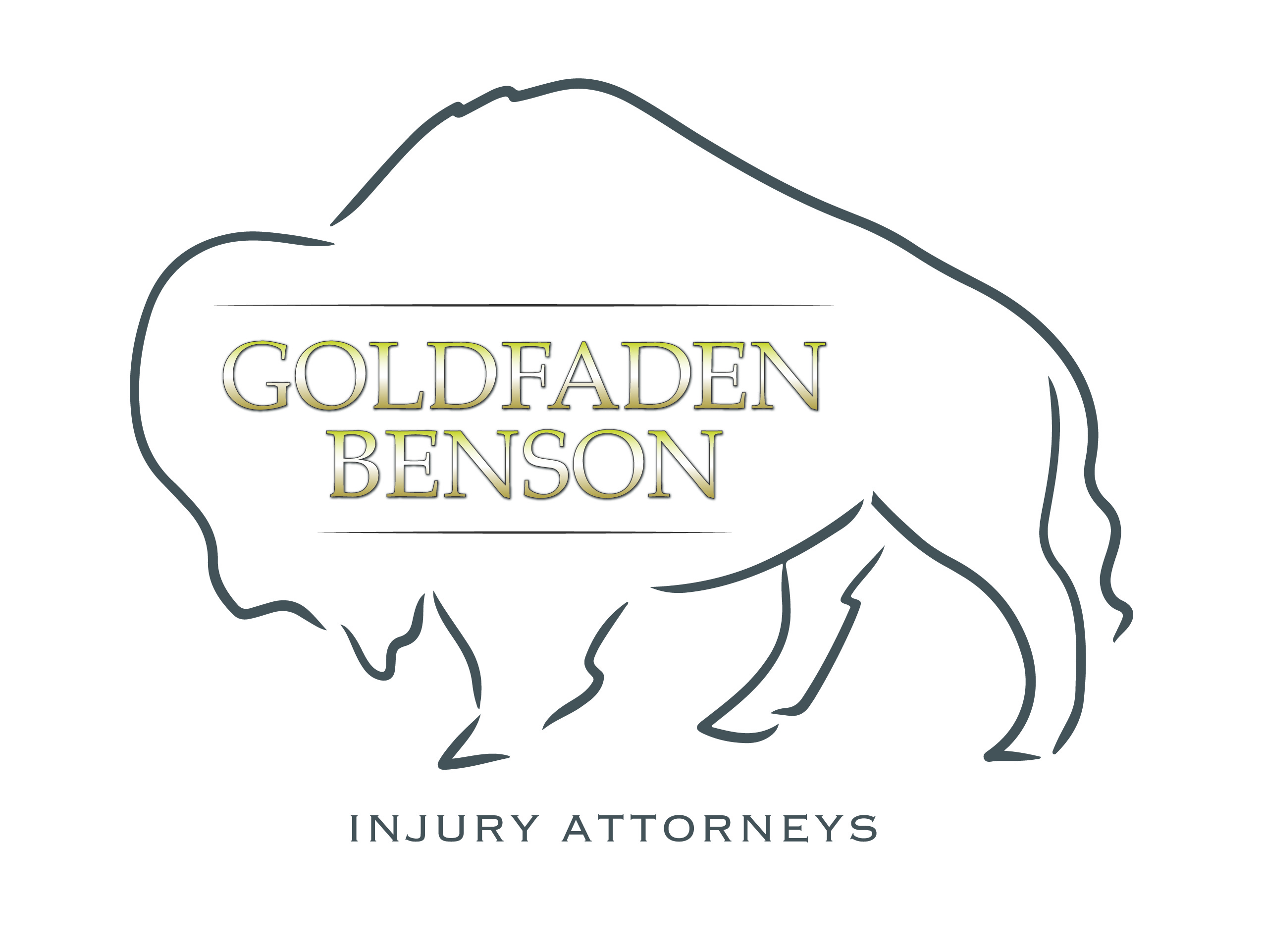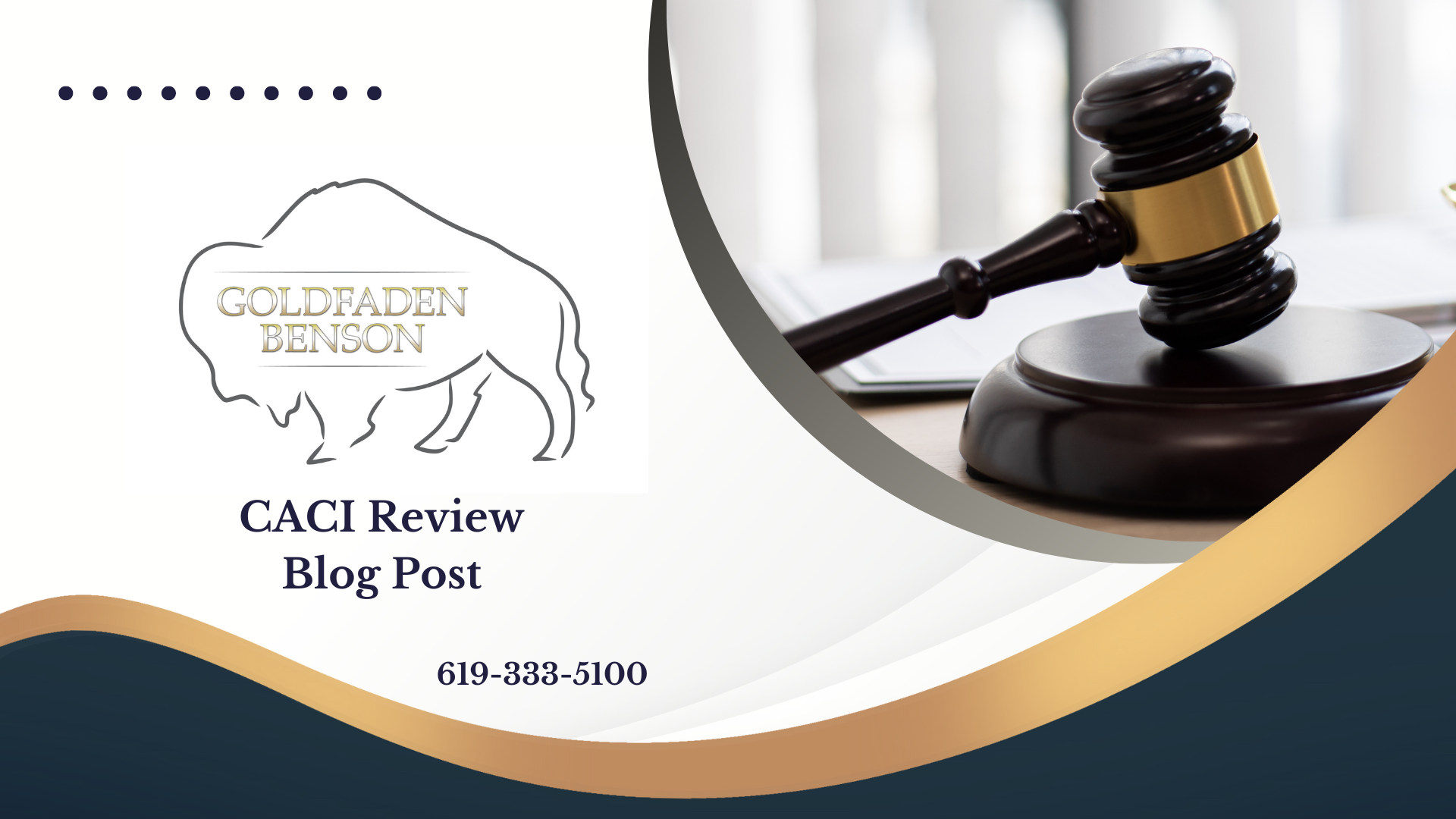Understanding Premises Liability Law
Premises liability is a vital area of personal injury law focusing on the responsibilities of property owners when it comes to injuries suffered by others on their property. If you’ve ever slipped and fallen in a store or tripped over an uneven sidewalk, you might wonder if you have rights to compensation. Understanding the basic elements of premises liability can help clarify your situation.
What Is Premises Liability?
Premises liability holds property owners accountable for injuries resulting from unsafe conditions on their premises. Companies, homeowners, landlords, and other property owners have an obligation to ensure their property is safe for visitors. If a person is injured due to a failure to maintain safe conditions, they might have a premises liability claim.
Key Elements to Prove
To succeed in a premises liability case, a plaintiff typically must prove four key elements:
1. **Ownership or Control**: The property owner must be shown to own, lease, occupy, or control the property where the injury occurred.
2. **Negligence**: The property owner must have been negligent in maintaining or managing the property. This could involve failing to fix a known hazard, ignoring safety regulations, or not conducting proper safety inspections.
3. **Harm**: The plaintiff must demonstrate that they were harmed. This involves providing identifiable injuries or damages that were incurred due to the unsafe condition.
4. **Causation**: There must be a clear connection showing that the property owner's negligence was a substantial factor in causing the plaintiff's harm.
Imagine walking through a grocery store where water has spilled onto the floor. If a store employee knew about the spill but didn't clean it up or put up warning signs, they may have breached their duty to keep the premises safe, potentially leading to liability in case of an injury.
Roles of Actual and Constructive Knowledge
A property owner can be held liable if they had actual or constructive knowledge of the unsafe condition. "Actual knowledge" means the owner was aware of the unsafe condition. "Constructive knowledge" means that even if the owner was not directly aware of the issue, they should have discovered it using reasonable diligence. If the area had accumulated a hazardous condition over time, the owner might be expected to have noticed it and taken appropriate action.
Keeping It Simple
It is worth remembering that a property owner is not an insurer of safety for all visitors. Liability arises from a failure to exercise reasonable care. This can involve regular inspections, prompt repairs, and adequate warnings. Understanding these basic principles can guide those feeling lost in navigating injuries on someone else's property.
If you, or someone you know, have suffered an injury because of an unsafe condition on someone else’s property, it may be wise to explore your potential claims. Contact Goldfaden Benson for personalized assistance and to discuss your specific situation. Your wellbeing is important, and we’re here to help you understand your rights and options.







